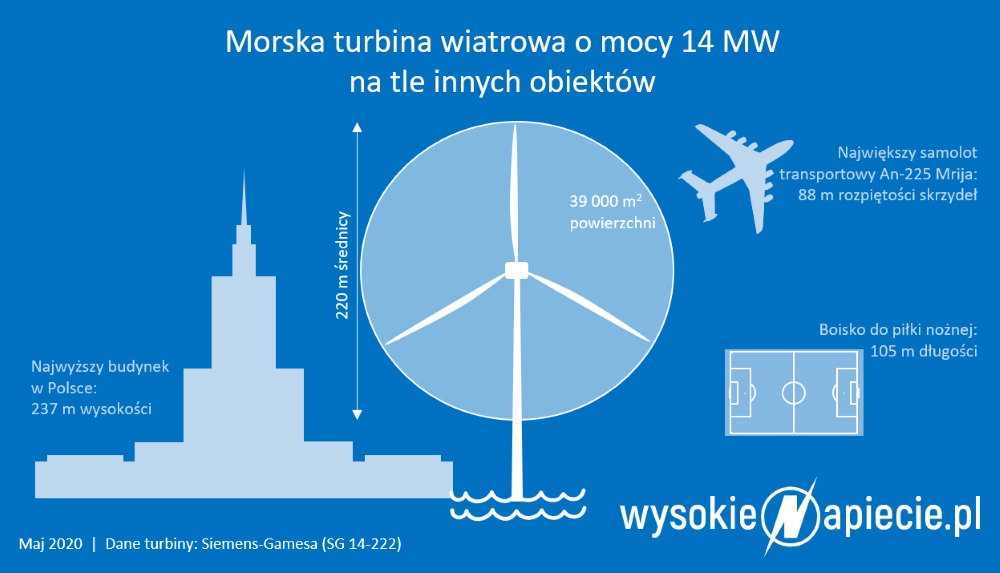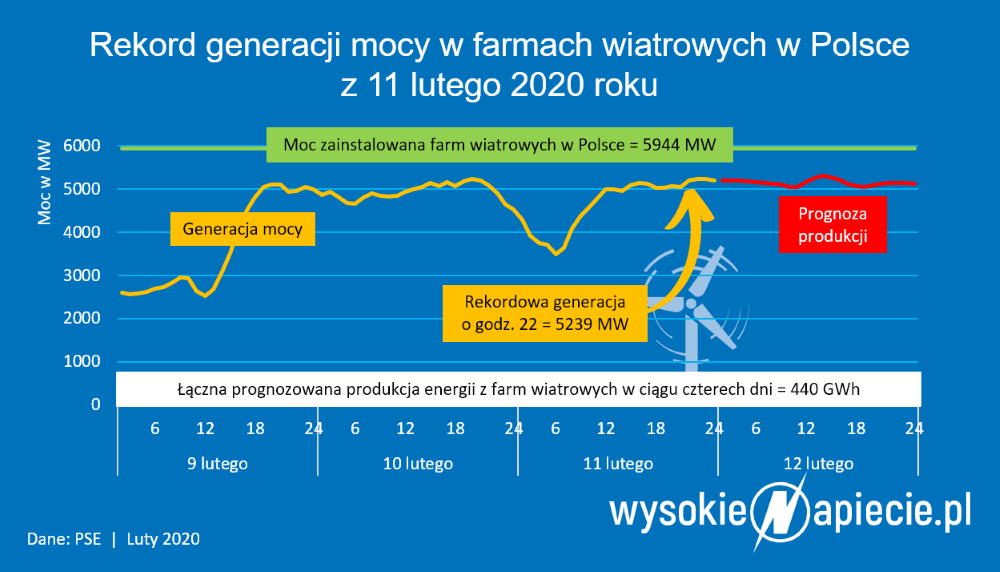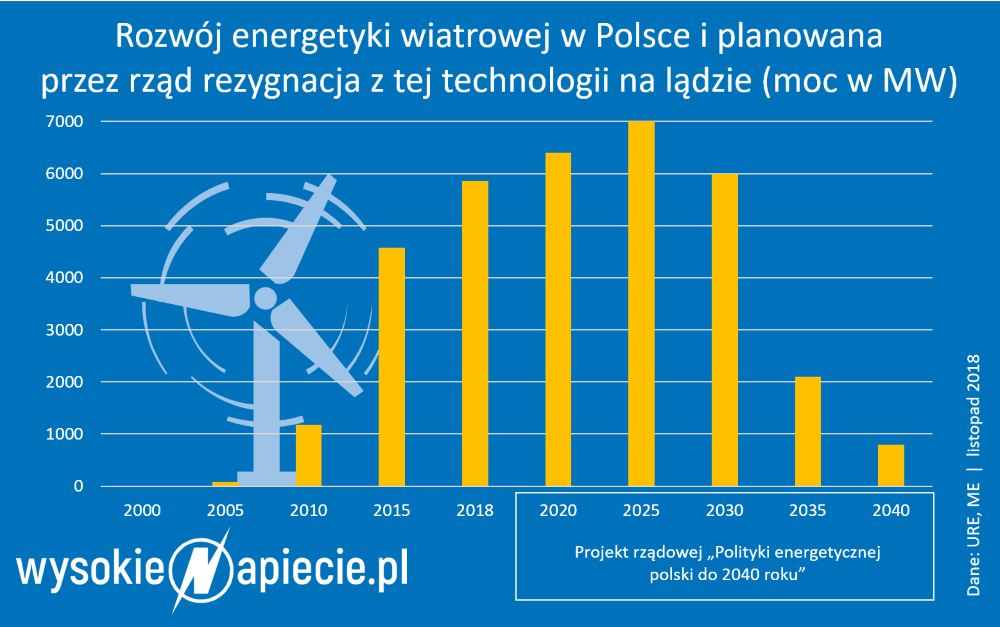The photovoltaic market in Poland is undergoing a revolution. New installations are appearing not only on large farms, but also in single-family homes, commercial buildings and even churches. The photovoltaic and renewable energy sources (RES) market is going from strength to strength, and with it comes a growing demand for the supply of photovoltaic equipment. The capacity of renewable energy installations in Poland is almost 9.5 GW. The largest source of electricity from RES is wind. Photovoltaics increased their share from 5 to 7 percent.
There has been a steady trend for many years, not only because of the strong position of prosumers, but also because of the development of PV farms and large-scale photovoltaics. The Polish photovoltaic market could be worth as much as PLN 80 billion within a decade. As it is easy to assess and calculate – distributors, installers, banks and users will make money.
According to data from the Energy Regulatory Authority, back in 2014 photovoltaic capacity on the grid was 20 MW, and in April of this year it was already 1.83 GW (of which as much as 1.2 GW is generated by prosumers). This means that in a little more than five years, power has increased by as much as 9,000. percent. In terms of the growth of new capacity from solar panels installed in the system, we are currently in fifth place in the European Union. And so it should remain. According to a report by the Institute of Renewable Energy, “Photovoltaic Market in Poland 2020,” by the end of the year installed capacity in Poland could rise to 2.5 GW, and market turnover will increase by 25 percent this year. and will exceed PLN 5 billion. PV capacity could reach 7.8 GW in 2025.

According to the forecast presented in the Institute of Renewable Energy’s report, “The photovoltaic market in Poland,” as early as 2025. The total installed capacity of photovoltaics could reach 7.8 GW, reaching the level assumed in the National Energy and Climate Plan (NERP) for 2030. The same report noted that to maintain the observed trend, additional government action will be required, including. aimed at accelerating the implementation of directives and preparing for the rapid absorption of new EU funds in the area of photovoltaics. The first trial period could be 2023-2024, when current support systems – e.g. “My Electricity,” the Thermal Upgrading Tax Credit, the Clean Air Program – will no longer work or their budgets will be close to being met.
Analyzing International Renewable Energy Agency (IRENA) data, it can be considered a success that we have grown several times faster than the rest of Europe and the world for most of the decade. As a result, from 2009 to 2018, our share of European RES increased from 0.59 percent. In 2009 to 1.61 percent. in 2016, to decrease to 1.53 percent last year. (In the case of the world, our share rose from 0.15 to 0.35 percent during this period). So progress has been tremendous during this time: installed capacity has increased by three and a half times from 1.75 to 8.23 GW, while Europe has not even managed to double its green energy production potential (growth of 81.3 percent).

The RES market faces many barriers in Poland, including. social, technological, economic or legal. In order to obtain a license to sell energy produced by a photovoltaic installation, it is required to establish a business and pay Social Security contributions. This significantly limits the ability of individual households in particular to invest in renewable energy sources. Also, September’s amendment to the construction law may slow down the development of photovoltaics in our country. This is because the new regulations require that the installation project be prepared and agreed upon with an installation expert. fire protection, which can make the whole process more difficult and lengthy, and increase investment costs.
The Polish photovoltaic market is growing the fastest of all RES sectors in our country. This is due to citizens’ interest in producing their own energy and the available support programs and friendly regulations, including tax breaks. According to Ewa Magiera, president of the Polish Photovoltaic Association, investment in solar energy is also an opportunity for owners of poor-quality land unsuitable for agricultural production. – We estimate that the Ministry of Energy’s indicated potential of 8 GW of solar power by 2030. will bring land lease benefits worth more than 3 billion zlotys, which can contribute not only to the budgets of private owners, but also to counties or municipalities, he says.
Regardless of the above, the photovoltaic (PV) market is growing the fastest of all RES sectors in Poland. The total installed capacity of photovoltaic sources at the end of 2019 was nearly 1,500 MW, and already in May 2020. exceeded 1950 MW. Currently, the largest increase in new capacity is observed in the micro-installation segment, which illustrates the high activity of individual and business prosumers. Poland’s new capacity additions in 2019 reached about 0.9 GW and ranked among the top five in the European Union. New PV capacity installed in Poland accounted for 5.5% of the EU’s capacity additions.
Photovoltaics will contribute significantly to the breakthrough that is beginning the energy transition. It is not only a major area of investment in renewable energy, but also in the entire Polish electric power industry. It was the only RES industry that was able to mobilize more capital for investment in 2019-2020 than the entire conventional power industry. It is also able to win the trust of Polish and foreign equity investors.

In European countries, subsidies for renewable energy have contributed to falling prices and rapid development of RES, the popularity of such solutions among individual users has increased. In Poland, too, the industry needs, among other things, to grow. Surcharges on market prices for resold surplus energy. This would reduce the uncertainty surrounding the profitability of RES investments and increase the availability of loans for PV installations. Tax credits are an additional incentive for entrepreneurs. In Germany, the photovoltaic boom began as early as the 2000s. The support offered by the state was already more attractive than those operating in Poland today. As a result, our neighbors have since recorded steady increases in PV power (small decreases were recorded during the pandemic).
In the first half of 2020, despite the lockodown caused by the COVID-19 pandemic, the market for micro photovoltaic installations grew rapidly. 2020 is another year of rapid growth in PV installed capacity compared to previous years. In 2020, the trend of previous years continues – micro-installations account for the largest share of newly built PV installations.
Bibliography and source texts:
http://www.wysokienapiecie.pl/ https://nowa-energia.com.pl/2020/06/17/raport-rynek-fotowoltaiki-w-polsce-2020/ https://cleanerenergy.pl/2020/08/12/hossa-na-rynku-fotowoltaiki-bedzie-trwala-nawet-po-zakonczeniu-mojego-pradu/ https://swiatrolnika.info/rynek-fotowoltaiki https://www.stockwatch.pl/wiadomosci/boom-na-rynku-fotowoltaiki-w-polsce-obroty-moga-w-tym-roku-wzrosnac-o-25-proc,ciekawe-spolki,268282 https://www.rynekelektryczny.pl/moc-zainstalowana-fotowoltaiki-w-polsce/ https://serwisy.gazetaprawna.pl/energetyka/artykuly/1437900,rynek-fotowoltaiki-w-polsce.html https://ieo.pl/pl/ https://swiatoze.pl/rynek-fotowoltaiki-w-polsce-2020-najnowszy-raport-ieo/ https://www.cire.pl/item,200053,2,0,0,0,0,0,rynek-fotowoltaiki-w-polsce-2020-streszczenie-i-wnioski-raportu.html https://www.totalmoney.pl/artykuly/2726,energia,jak-dziala-rynek-energii-w-polsce,1,1 https://biznesalert.pl/rynek-oze-polsce-przechodzi-istotne-zmiany-relacja/ https://www.forbes.pl/gospodarka/oze-w-polsce-raport-renewable-capacity-statistics-2019-i-co-z-niego-wynika/wmqt878 https://mojafirma.infor.pl/nieruchomosci/wiadomosci/4722009,Rozwoj-rynku-fotowoltaiki-i-OZE-w-Polsce.html https://www.rynekelektryczny.pl/moc-zainstalowana-oze-w-polsce/ https://www.ure.gov.pl/pl/oze/potencjal-krajowy-oze
 MBF Group
MBF Group























